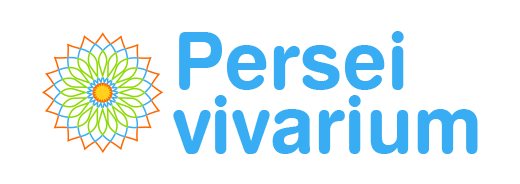How can we improve monitoring and management of patient symptoms and events using technology?
by Patricia Domínguez, April 26, 2023

The participation of patients in the management of their disease is becoming a reality, and health systems around the world are continuing to target that outcome. We have seen this at events like the “7th National Patient Encounter”, at which the importance of reorganizing the healthcare system was highlighted with a focus on patients through innovation, digitalization, and sustainability.
The fact that patients are involving themselves in the monitoring and self-management of their disease by reporting their own data, among other activities, is helping to provide information about their actual situation outside of the hospital setting, along with up-to-date data about their status. This enables the providers to adapt the care and indications to the patients, improving health outcomes and the efficiency of the system.
Because of this, there are more and more initiatives focused on understanding this view of the patient throughout the healthcare process and/or after a procedure or intervention. In these types of initiatives is specifically important to receive reports of symptoms, episodes, and events directly from the patient, with the information transferred to the specialist for his or her review and management. Having these data at the opportune time enables the provider to:
- Be aware of the current status of the patient during his or her disease
- Detect possible complications in a timely way
- Adapt the care and/or treatments to each patient
- Obtain evidence about the real-life impact of the treatments
All of this facilitates decision-making by the healthcare professionals and their intervention at the appropriate time, by changing the established guidelines as well as the treatment, sending recommendations, etc based on the reported data. These interventions help to reduce negative episodes, maintain therapeutic adherence, avoid unnecessary medical visits and interventions, etc., and achieve improvement in health outcomes in a more efficient way.
To do this, providers are using Digital Health platforms centered on the patient, like our Caaring® platform. These enable the capture of data about symptoms, events, and episodes when they occur, with notification to the healthcare provider. This facilitates proper follow-up of the patient, personalizing the care and therapies to his or her health status. These platforms also enable useful information to be sent to the patient, with the goal of providing guidelines and recommendations to reduce those symptoms and events.
If we want to take a further step in this work, we can opt for the development of Digital Therapeutics (DTx) that, in addition to all of the above, provide scientific evidence and have been clinically evaluated, and can be used either individually or in combination with other treatments. These DTx enable a reduction in events and comorbidities, improving the patient’s quality of life. To do this, at Persei vivarium we are working on the creation of DTx that can be used to complement existing therapies and/or complement the portfolio of the companies in the industry.
We can conclude that being able to make use of data provided by patients about events and symptoms at an appropriate time is providing benefits to healthcare professionals, industry, health systems, and even the patient, encouraging the personalization of the healthcare processes and treatments. To do this, more and more use is being made of Digital Health platforms and, in the next few years, Digital Therapeutics (DTx), which will reinvent the health systems, helping them evolve toward more efficient and sustainable models over the long term.
Share

Patricia Domínguez
Business Development
Persei vivarium

